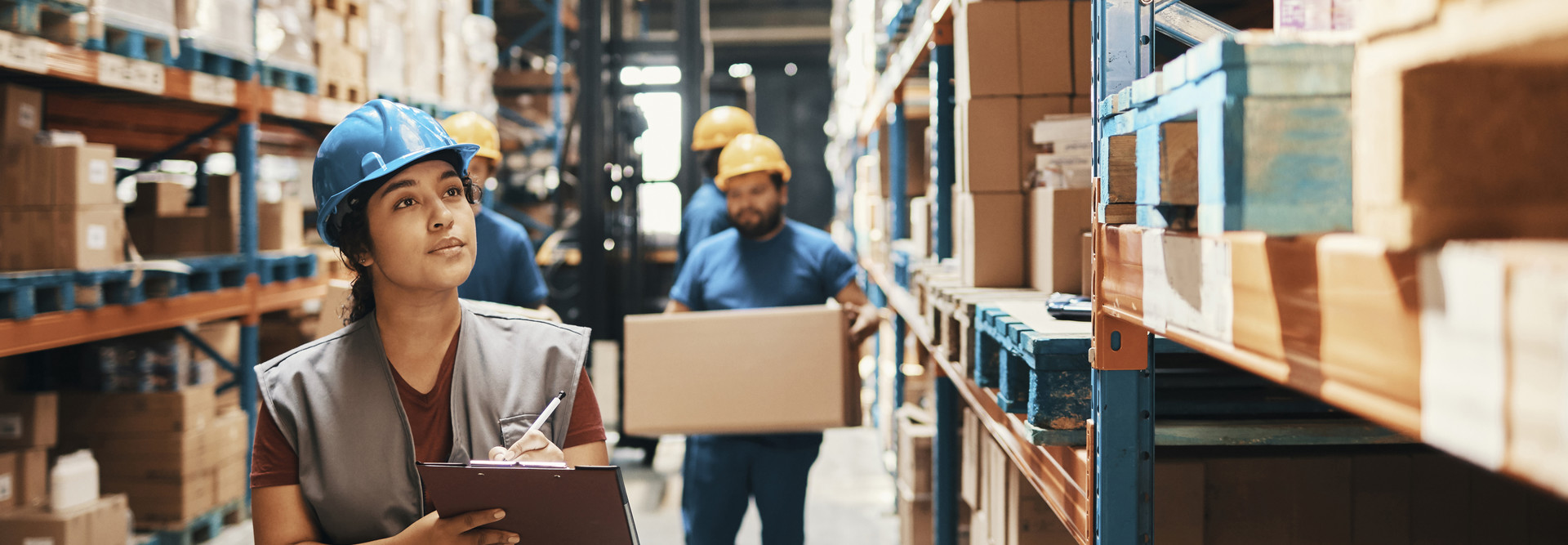Retail Sales Were Strong, Before the Pandemic
Retailers, consultants, suppliers and others are meeting online through Jan. 21 to consider their next steps as they adapt to an industry forever altered by the COVID-19 pandemic.
“The pandemic changed everything overnight about how we live, how we work and how we operate as retailers,” said Mike George, CEO of Qurate Retail Group, owner of several well-known online and brick-and-mortar retail brands, including QVC and Zulily, and chairman of the National Retail Federation, which produces the event. “We faced massive store closures and huge changes toward online shopping, all compounded by major supply chain challenges.”
The industry was facing massive disruption even before the pandemic. As shoppers continued to move online, retailers were scrambling to build the e-commerce and supply chain tech needed to deliver superb experiences, a digital transformation process that some had been calling a “retailpocalypse,” George noted.
In reality, though, the industry was healthy despite these changes.
“Before the pandemic hit, we’d enjoyed a long period of economic expansion, with retail sales growing steadily for a decade,” George noted. Although digital transformation was “sometimes messy” in retail, the industry was innovating. Citing NRF data, he said, “Retail’s willingness to embrace change has made us the backbone of the U.S. economy, supporting 52 million — that’s 1 in 4 — U.S. jobs,” he said, and delivering $3.9 trillion in gross domestic product, about 5.5 percent of the U.S. economy in 2019.
MORE FROM BIZTECH: Find out the four tech trends to watch for in retail in 2021.
In 2020, Retailers Accelerated Digital Transformation
When the most challenging period in the industry’s modern history arrived, retailers responded by dramatically increasing their transformation efforts and speed. Examples abound: The home improvement chain Lowe’s introduced curbside pickup a year earlier than it intended. Big retailers such as Target created apps to allow shoppers to determine whether there are queues outside their local stores — and to claim spots before they arrive.
Even grocery stores — among the most resistant to shifts to e-commerce, with only 4 percent of sales occurring online pre-pandemic — saw a 30 percent jump in online sales in 2020, according to Karen Bomber, head of retail insights with Honeywell Safety and Productivity Solutions.
“We’ve really seen about three years of investment by retailers in a very short period of time,” said Knights. “They’ve made big investments in supply chain and store safety, as well as BOPIS and curbside pickup technology.”
Retailers’ experience of the pandemic has depended greatly on their sectors. Those considered essential, including grocery stores, have done fine. Among nonessential retailers, those whose businesses were aimed at improving the quality of life at home — such as at-home fitness, in-home entertainment, consumer electronics and home improvement — fared well, while others struggled, Knights said.
“When you talk about foot traffic in stores falling, I’d say they have to work harder on integrating digital offerings into their physical stores. There, I would really advise retailers, particularly in 2021 and going forward, to use mobile tech — to provide more intuitive, content- and feature-rich customer experiences that can take advantage of that native, contextual functionality that comes with mobile devices around place and space.”
Retail stores powered by advanced supply chain technology and mobile tech will be places where consumers can go purchase exactly what they’re looking for, knowing it will be there and knowing that a store associate can help them locate it immediately, Knights said. Deploying track-and-trace technology, retailers can expose store inventory online in real time.
“Make the same info available online and in-store to both customers and store associates,” she said. “Your associates are your most valuable asset, and your most expensive one, so it’s important that you empower them with mobile digital capability.”
Keep this page bookmarked for articles and videos from the event. Follow us on Twitter at @BizTechMagazine, or the official conference Twitter account, @NRFBigShow, and join the conversation using the hashtag #NRF2021.











